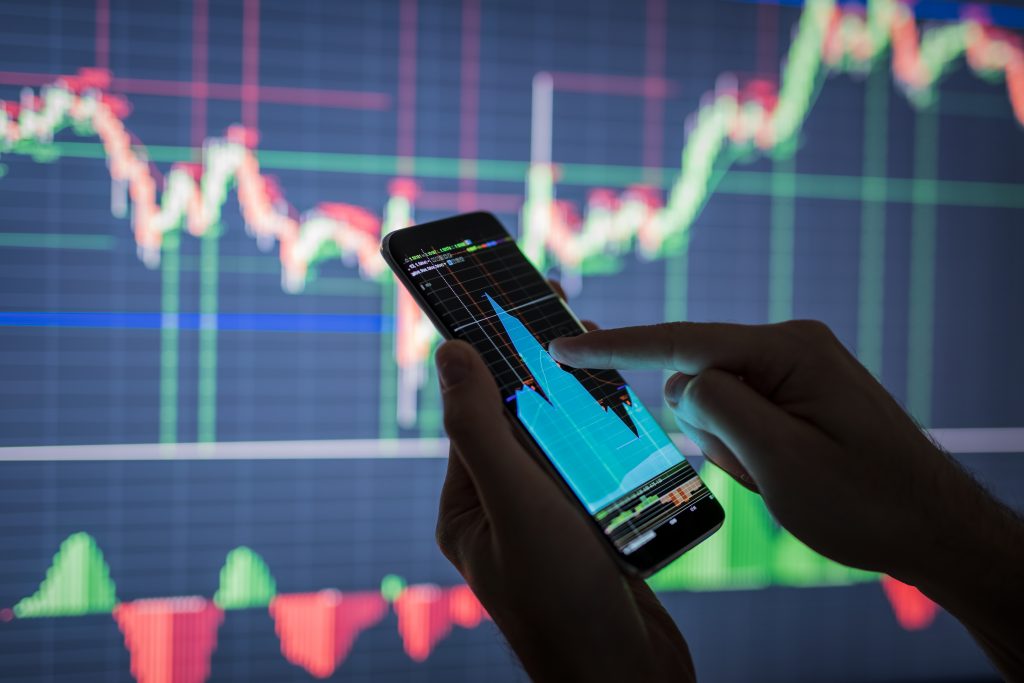
Virus isn’t Footsie’s first trauma
8th April 2020For 36 years, the FTSE100 share index has acted as a financial bellwether, often anticipating though sometimes reacting to political, economic and corporate events and trends in the UK and globally. Its reaction to the coronavirus epidemic, as investors assessed the likely economic impact and consequences for global trade and corporate performance, reflected the huge scale of the threat; the FTSE100 fell by one-third within a few days, until bargain-hunting helped steady the ship.
Some of the selling was driven by panic, but a major share-price correction wasn’t entirely irrational. Travel bans and lockdowns looked set to disrupt major corporations as well as smaller companies, with dividend cuts, distressed rights issues and possibly worse to follow. The speed and extent of the collapse was exceptional, but this wasn’t the first time that share indices such as the FTSE100 had suffered a sharp fall.
Black Monday’s global crash
The first major setback for the FTSE100, after its creation in January 1984 with a starting level of 1,000 points, came just over three years later. It had responded well to the ‘Big Bang’ stock market revamp of October 1986, reaching 2,350 points 12 months after that. Then Black Monday on 19 October 1987 brought an unexpected wave of selling around the globe. The FTSE100 slumped to about 1,600 points and then took two years to regain the lost ground.
Various FTSE100 gyrations occurred in the early 1990s, some related to the UK’s troubled two-year participation in the European Exchange Rate Mechanism. Once over that trauma, the index made fresh progress to hit 3,400 by January 1994. After a shaky few months, ascent resumed and the 6,000 level was eventually reached in mid-1998. A drop that autumn was soon reversed but a larger setback in 2000-01 involved both the ‘dotcom bubble’ and an outbreak of foot and mouth disease.
Lehman failure triggers crisis
A three-year bear market ensued and after that, the FTSE100 took almost five more years to exceed 6,000 again. Then, in October 2008, another bombshell hit markets worldwide: the failure of US investment bank Lehman Brothers. The global financial crisis that followed sent the index down near 3,500 by March 2009. It again took years to recover and, despite stumbles during the Brexit process, by January 2020 stood above 7,500 points. The spread of COVID-19 soon put paid to that tally.
By 23 March, the FTSE100 had slumped to just below 5,000 points; it then steadied, fluctuating around 5,500 into early April. As the virus took its toll on UK lives, uncertainty about corporate wellbeing continued.
TOMD is tracking our changed world, generating more content for clients’ use. This includes a publication comprising an extended version of this blog and an accompanying chart that helps link the key events of the past 36 years with their impact on the UK’s leading share index. If you would like this extended publication, please contact us on 01279 657555.
